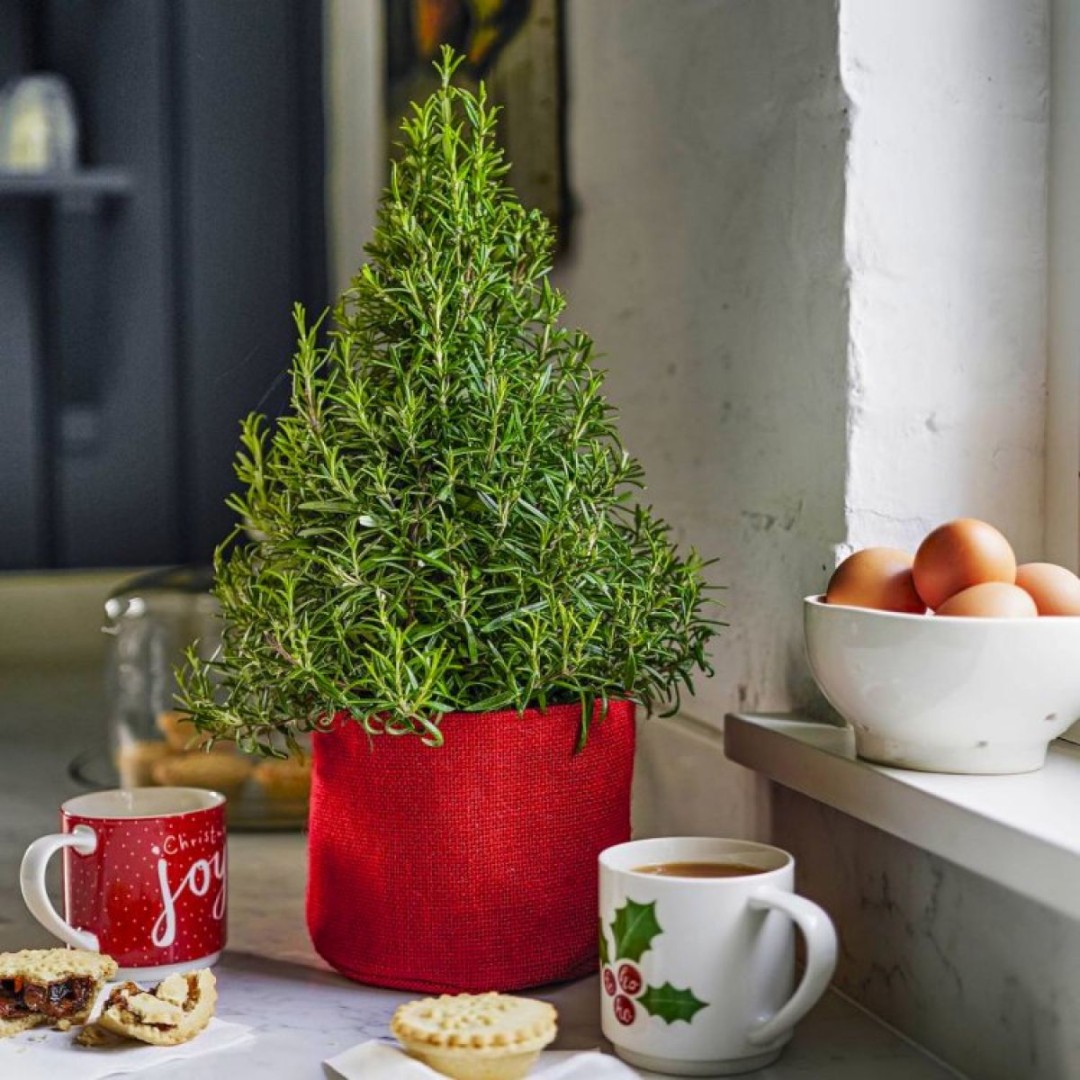Rosemary Christmas Tree: A Unique and Aromatic Holiday Tradition
Rosemary, a fragrant herb often associated with culinary uses, can also be a stunning and fragrant addition to your holiday decor. A rosemary Christmas tree offers a unique and eco-friendly alternative to traditional pine trees. This aromatic evergreen can be shaped into a miniature tree and decorated with natural ornaments, creating a beautiful and fragrant centerpiece for your home.
When selecting a rosemary plant for your Christmas tree, opt for a healthy, well-established plant with a strong, upright growth habit. Look for a plant with multiple stems that can be easily shaped into a tree form.
To shape your rosemary tree, start by selecting the main stem that will serve as the trunk. Prune away any side branches that grow below the desired height of your tree. For the branches, select strong, evenly spaced stems and gently bend them into a conical shape. Use soft twine or garden wire to secure the branches in place.
Watering: Keep the soil consistently moist, but avoid overwatering. Allow the top inch of soil to dry out slightly between waterings.
Once your rosemary tree is shaped, it’s time to decorate! Here are some ideas for natural and eco-friendly ornaments:
Dried citrus slices: Orange, lemon, and lime slices can be dried and strung together to create garlands.
After the holiday season, your rosemary tree can continue to thrive indoors or outdoors. If you choose to keep it indoors, place it in a bright, cool location and continue to water and fertilize it as needed. In spring, you can transplant your rosemary tree outdoors in a sunny location with well-draining soil.
A rosemary Christmas tree is a beautiful and fragrant addition to your holiday decor. This unique and eco-friendly alternative to traditional pine trees offers a natural and aromatic centerpiece for your home. By following these simple tips, you can create a stunning rosemary tree that will bring joy and fragrance to your holiday season.

